In the rapidly evolving world of teeth whitening tech, light-assisted whitening has become a defining feature for both consumer and professional products. As brands explore OEM applications to launch their own whitening devices, a critical question arises — is LED scientifically superior to UV light? Understanding the difference is vital for making evidence-based product development decisions and ensuring both efficacy and safety.https://www.powsmart.com/product/teeth-whitening/
Both LED and UV technologies function by accelerating the chemical reaction of whitening agents, typically hydrogen peroxide or carbamide peroxide. These reactions release free radicals that break down stains on the enamel surface.
However, the scientific foundation behind each light source differs:
UV (Ultraviolet) light operates at shorter wavelengths (100–400 nm), providing higher energy photons that can speed up reactions but also risk tissue irritation or enamel sensitivity.
LED (Light Emitting Diode) light emits within the visible spectrum (400–700 nm), offering a more controlled and safer approach with less heat generation and no ionizing radiation.
This shift from UV to LED is not just a marketing trend—it’s rooted in physics and biocompatibility.
| Criteria | LED Technology | UV Technology |
| Safety | Non-ionizing, minimal tissue risk | Potential for soft tissue irritation |
| Energy Efficiency | Low energy use, minimal heat | High energy, often generates heat |
| Longevity | Long-lasting diodes | Shorter lifespan, higher maintenance |
| Consumer Perception | Seen as safer and modern | Increasingly outdated due to safety concerns |
For OEM manufacturers, these differences directly impact product certification, shelf appeal, and user satisfaction.
Modern research increasingly supports evidence-based whitening protocols that favor LED systems. Clinical studies have shown that LED-assisted whitening achieves comparable or better stain removal than UV-based systems, without increasing tooth sensitivity or enamel damage.
Moreover, LED devices allow for more customizable wavelengths (often in the blue light range, around 460–480 nm), optimizing peroxide activation while minimizing adverse effects. This scientific evidence strengthens the case for LED as the superior technology for long-term consumer trust.
OEM Applications: Choosing the Right Technology for Your Brand
For OEM applications, choosing between LED and UV is both a technical and strategic decision. Brands developing private-label or customized whitening products should consider:
Regulatory Compliance: LED systems more easily meet FDA, CE, and ISO safety standards.
Market Trends: Consumer demand leans heavily toward LED-based whitening kits.
Design Flexibility: LED modules integrate seamlessly into compact, portable, and rechargeable devices.
Brand Image: “LED-powered” aligns with modern, high-tech brand positioning.
Partnering with an experienced OEM manufacturer specializing in evidence-based whitening can streamline R&D, reduce certification barriers, and ensure scientific credibility.
Conclusion
In conclusion, while both UV and LED have historical roles in teeth whitening tech, modern science and consumer trends point decisively toward LED. Its combination of safety, efficiency, and proven performance make it the LED scientifically superior choice for OEM applications.
For brands seeking to create trustworthy and effective whitening solutions, adopting LED-based systems is not just a trend — it’s an evidence-based whitening strategy that ensures long-term success in an increasingly competitive market.
.jpg)
Solution for Color Customization of Water Flossers: From Pantone Code to Actual Machine – A Comparison of Two-Color Injection Molding and Gradient Spraying
OEM Smart Toothbrush Manufacturer | Custom B2B Solutions for Global Brands
Charging Corrosion with Mucosal Lesions – Fatal?
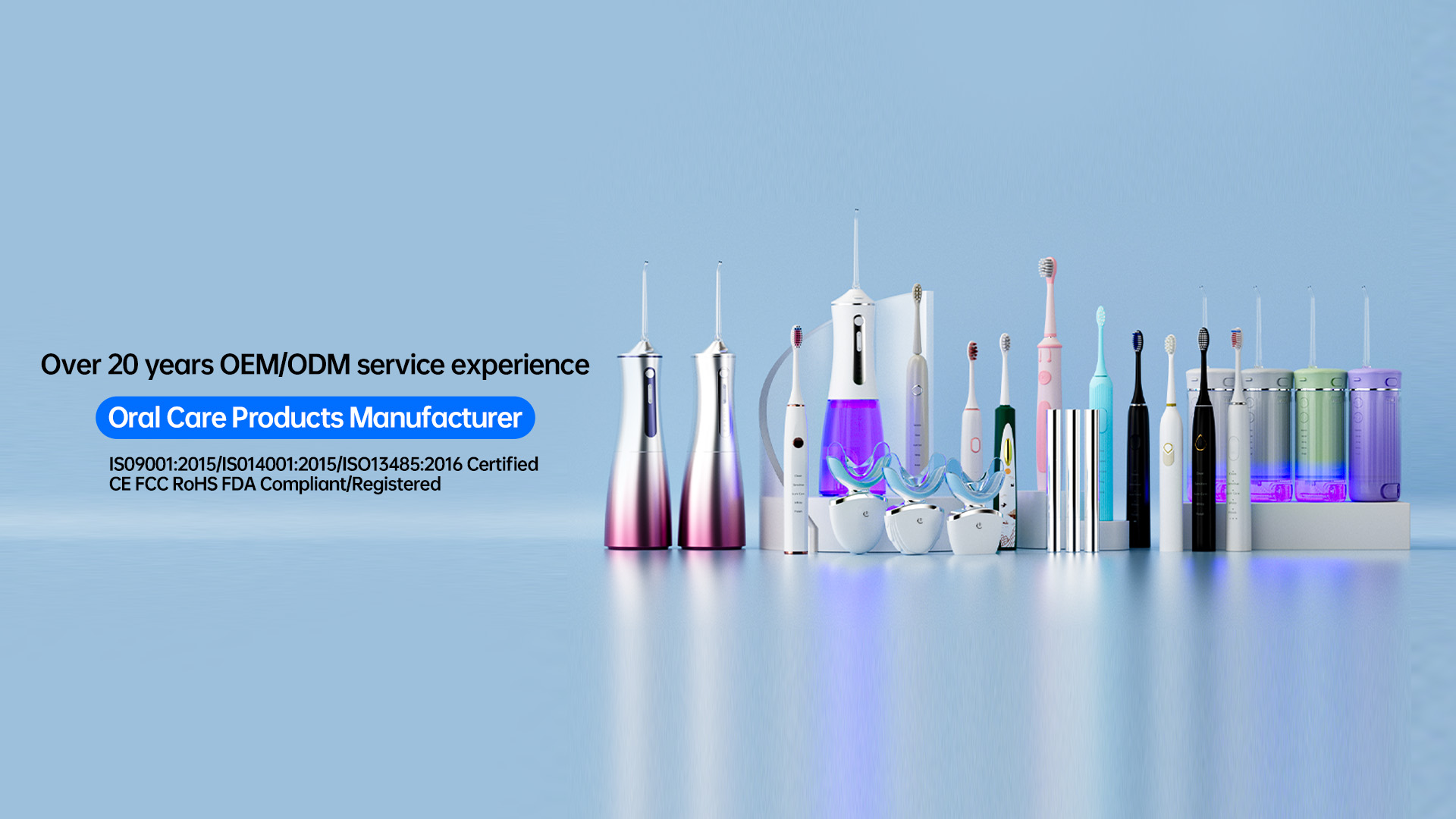
Ultrasonic electric toothbrush
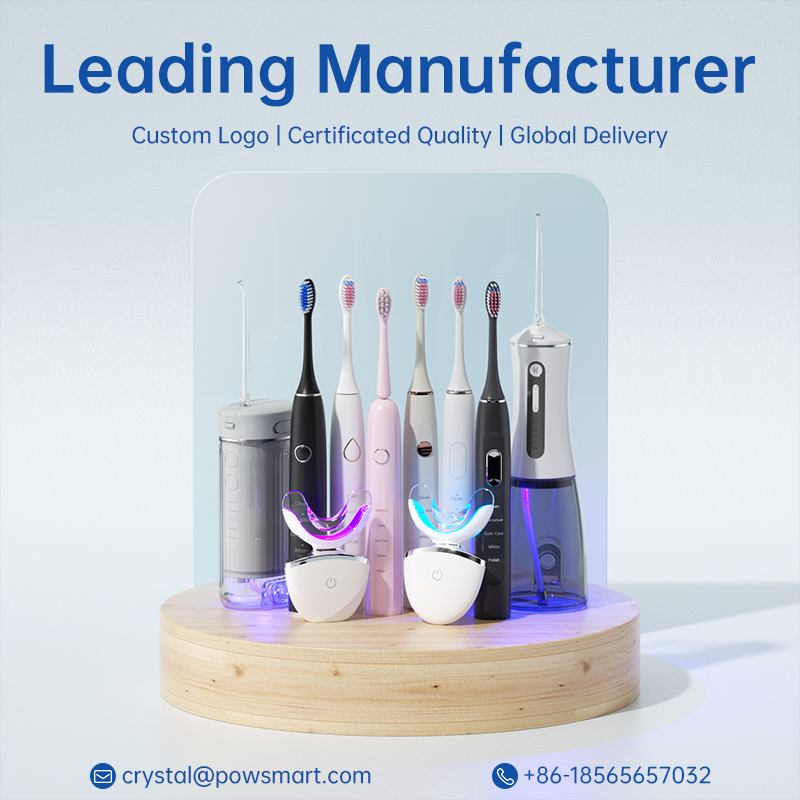
AI Powered Toothbrush: Next-Generation OEM Technology
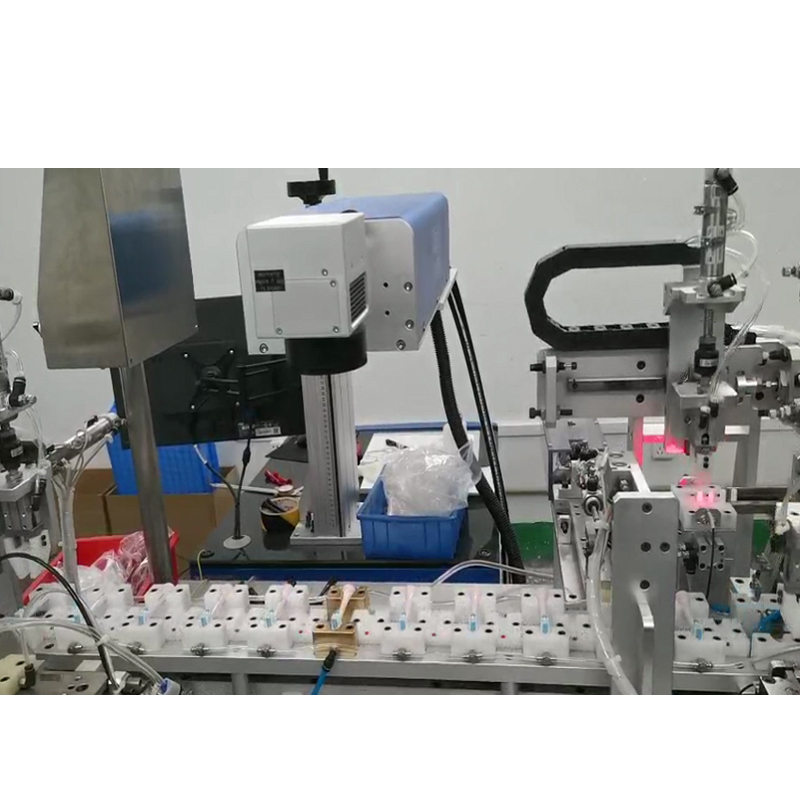
Electric Toothbrush Laser Engraving LOGO Process: How to Set the Depth, Speed and Power Parameters?
Valve Jamming Causing Salivary Alteration – Fixable?
.jpg)
Customization Guide for UVC Sterilization of Water Flossers: Scientific Matching of Wavelength, Irradiation Time and Waterproof Design
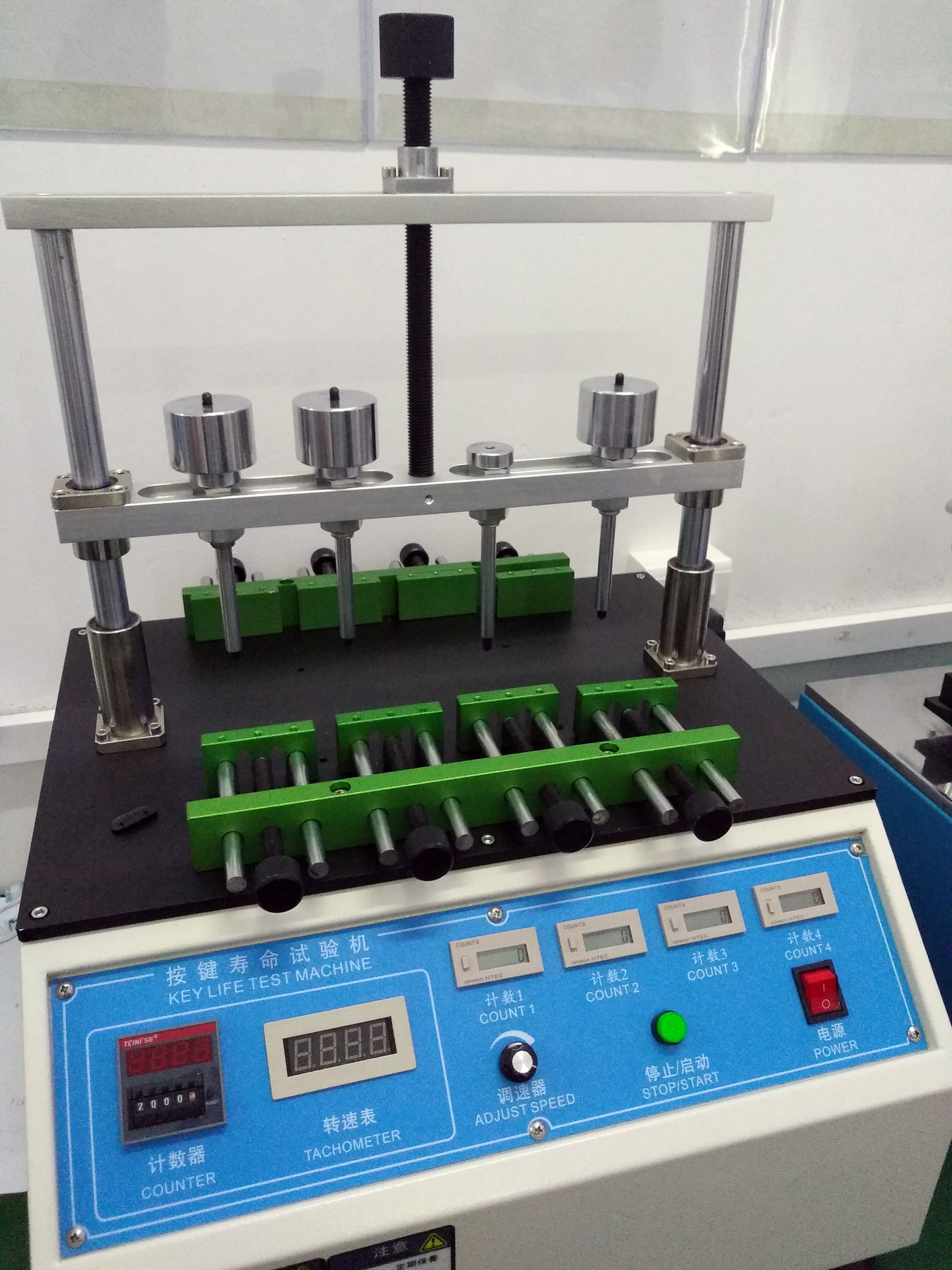
Application of Water Transfer Printing and Thermal Transfer Printing on Electric Toothbrush Shell: 3D Texture and Wear Resistance Test
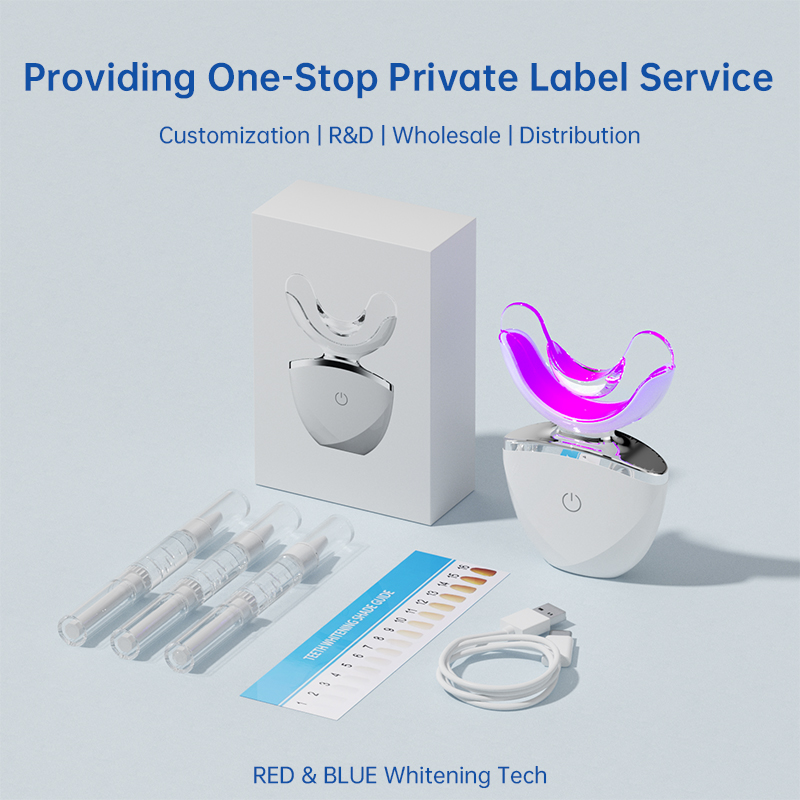
Capitalizing on the LED Oral Care Boom: Essential Market Insights for Brands
-2-scaled.png)
Small Business – Health & Household Oral Care Products
.jpg)
Executive Diwali gift or Status symbol toothbrush — what truly impresses?
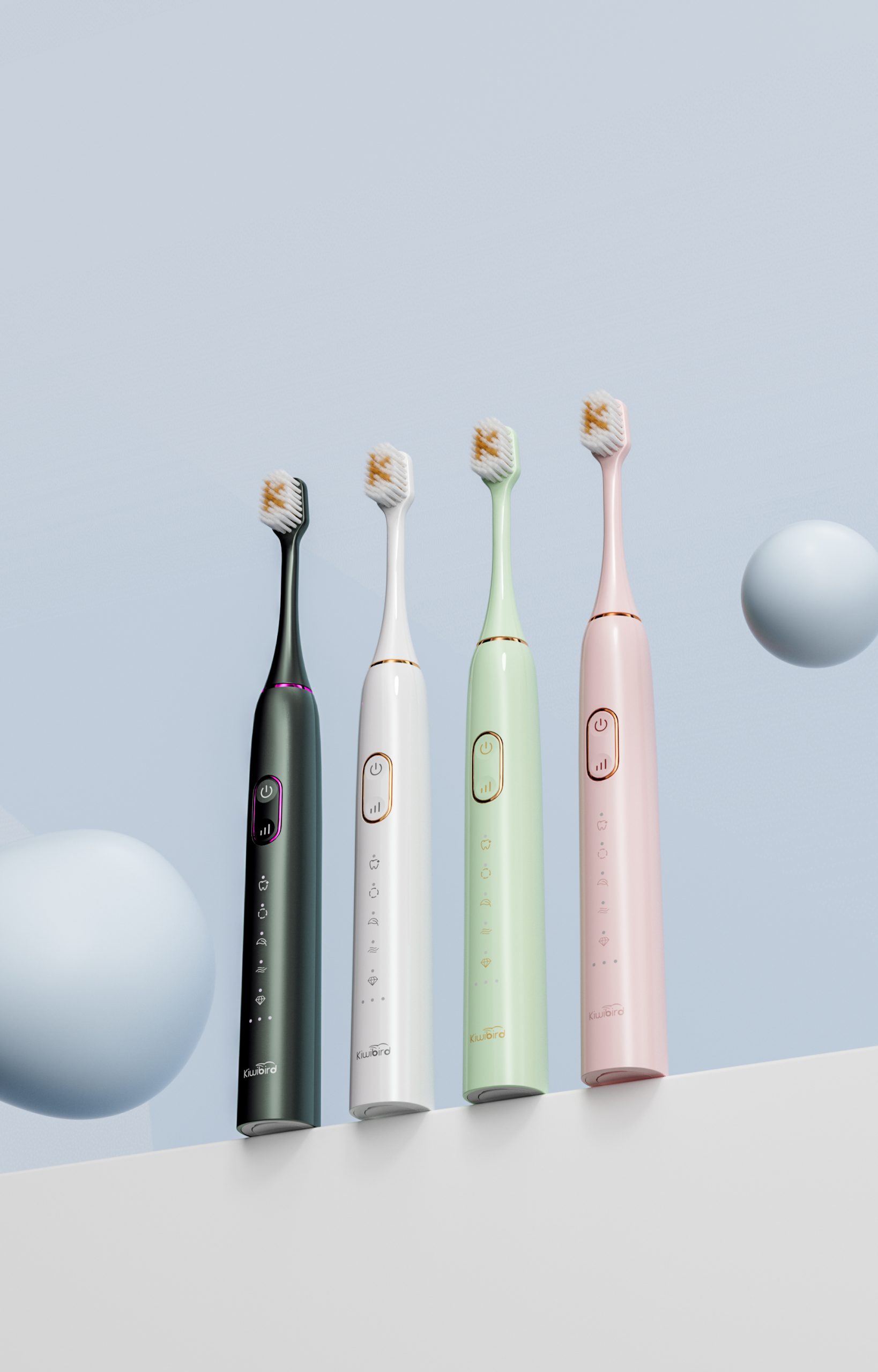
What’s Driving the Oral Care Category Now?
Smart Toothbrush with Bluetooth Bulk
.jpg)
How the Quadpacer Timer helps you achieve balanced cleaning
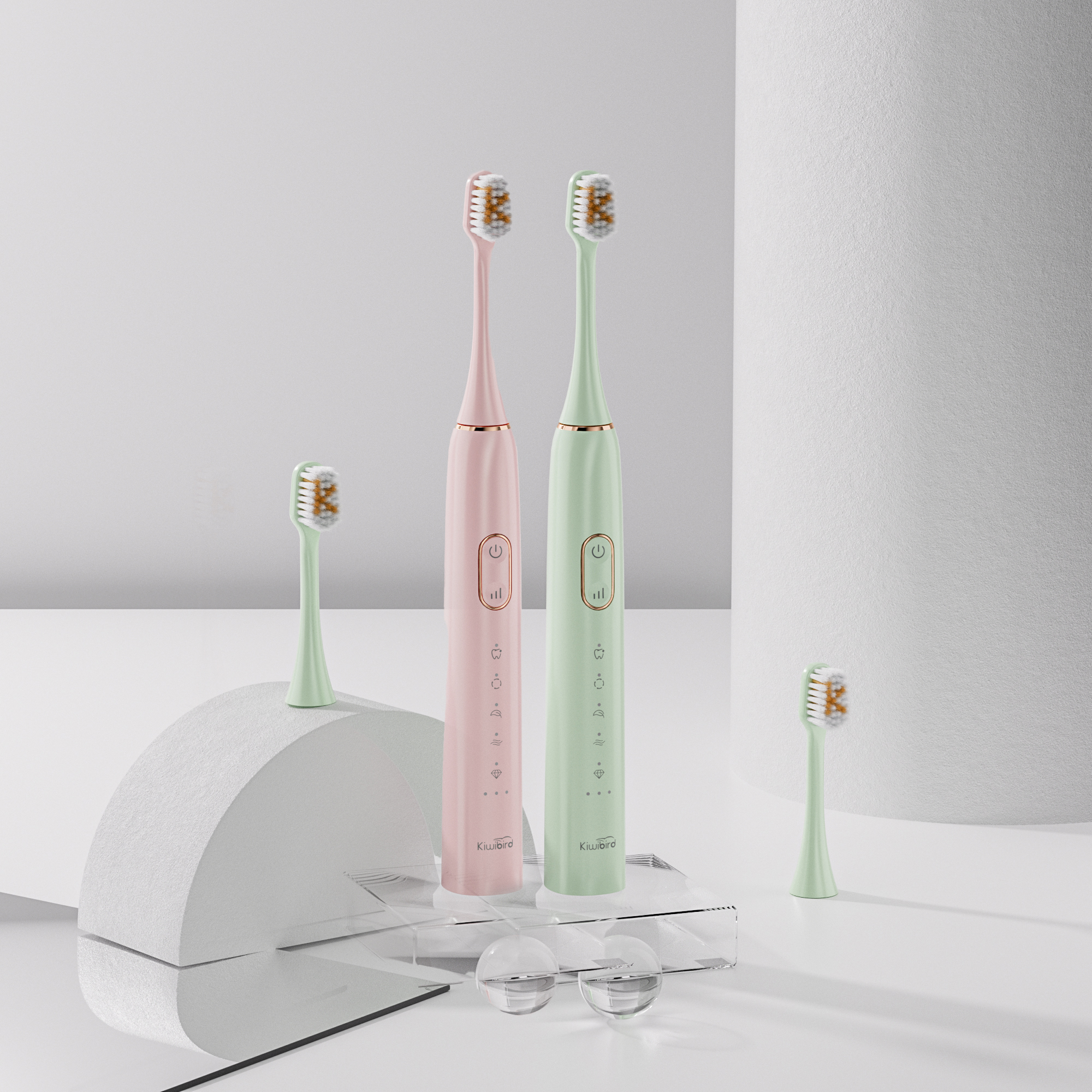
How Does Integrated Water Flosser Accessory Production Optimize Your Oral Irrigator Bulk Pricing?

Electric toothbrush heads Charcoal Infused-Diamond

electric toothbrush heads Ultra Soft
.jpg)
Florida Electric Toothbrush – Powsmart PTR-C8

Customization Teeth Whitening Gel

Private Label Whitening Gel

electric toothbrush heads Charcoal Infuse-Round

electric toothbrush heads Deep Clean

electric toothbrush heads Regular Clean
whstapp
whstapp
National Toll-Free Service Hotline
+86 755 86238638